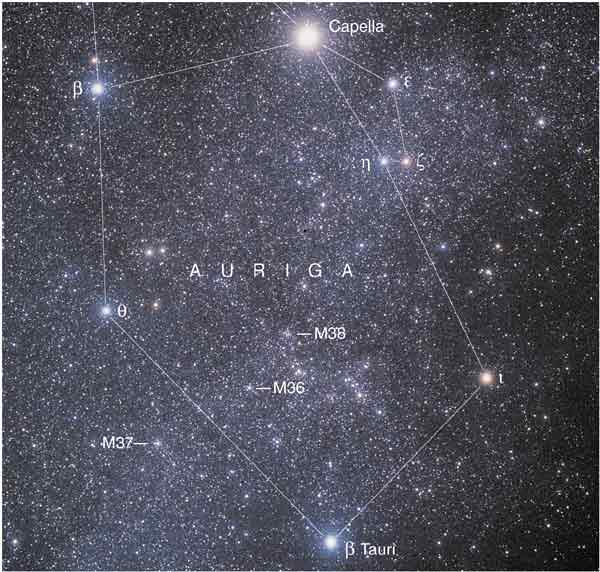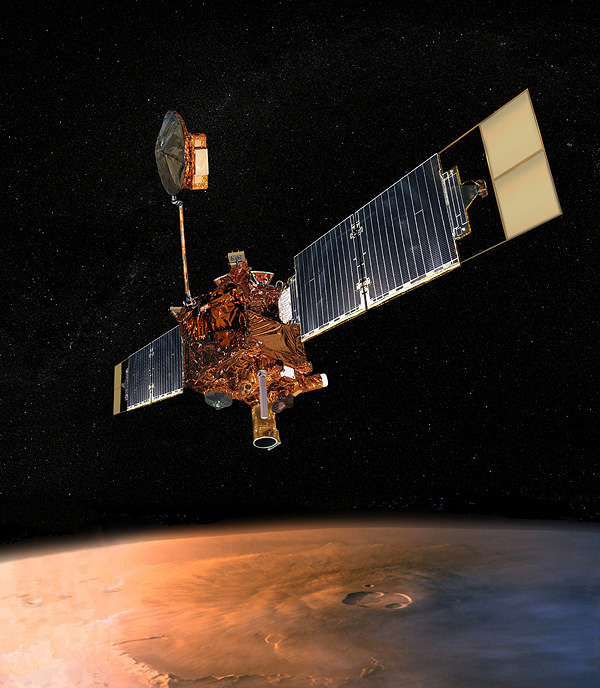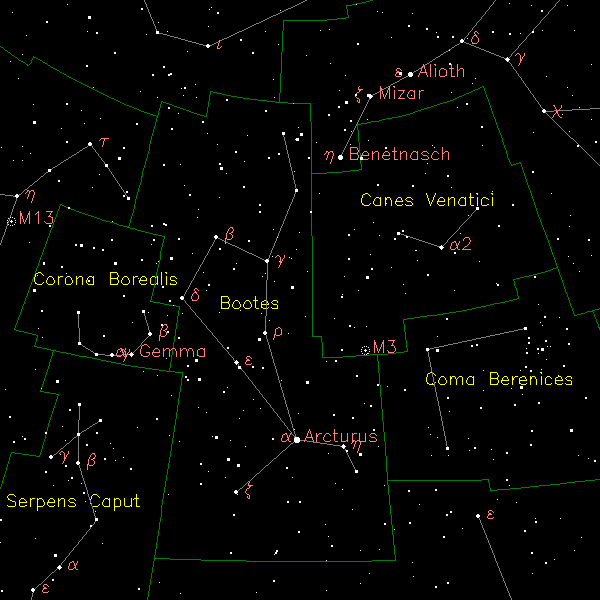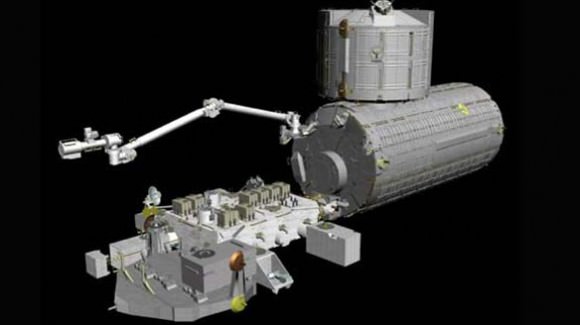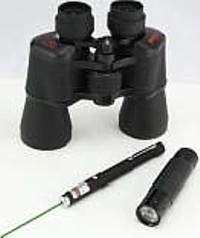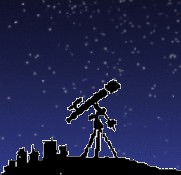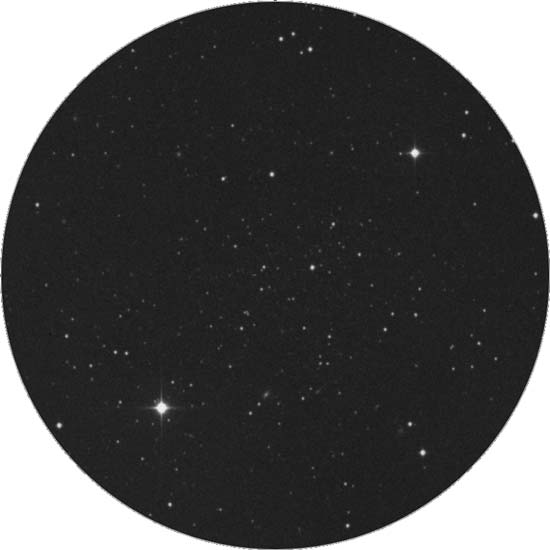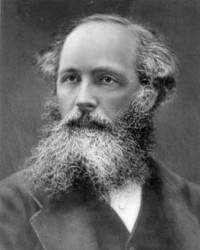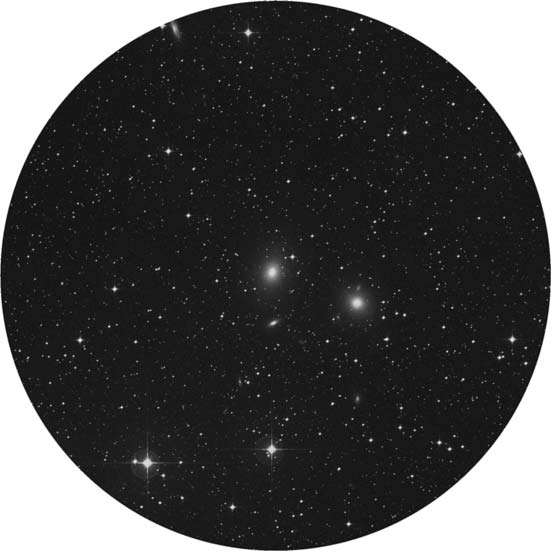[/caption]
An innovative new sky survey called the Palomar Transient Factory (PTF) will use a 48-inch telescope together with the U.S. Department of Energy’s (DOE’s) National Energy Research Scientific Computing Center (NERSC) to discover relatively rare and fleeting cosmic events like supernovae and gamma ray bursts. The survery is already in progress, and during the commissioning phase alone, the survey has already uncovered more than 40 supernovae. Astronomers expect to discover thousands more each year.
“This survey is a trail blazer in many ways – it is the first project dedicated solely to finding transient events, and as part of this mission we’ve worked with NERSC to develop an automated system that will sift through terabytes of astronomical data every night to find interesting events, and have secured time on some of the world’s most powerful ground-based telescopes to conduct immediate follow up observations as events are identified,” says Shrinivas Kulkarni, a professor of astronomy and planetary science at the California Institute of Technology (Caltech), and Director of Caltech Optical Observatories. He is also principle investigator of the PTF survey.
“This truly novel survey combines the power of a wide-field telescope, a high-resolution camera, and high-performance network and computing, as well as the ability to conduct rapid follow-up observations with telescopes around the globe for the first time,” says Peter Nugent, a computational staff scientist in Berkeley Lab’s Computational Research Division (CRD) and the NERSC Analytics Group. Nugent is also the Real-time Transient Detection Lead for the PTF project.
Every night the PTF camera – a 100-megapixel machine mounted on the 48-inch Samuel Oschin Telescope at Palomar Observatory in Southern California – will automatically snap pictures of the sky, then send those images to NERSC for archiving via a high-speed network provided by DOE’s Energy Sciences Network (ESnet) and the National Science Foundation’s (NSF’s) High Performance Wireless Research and Education Network (HPWREN).
At NERSC, computers running machine-learning algorithms in the Real-time Transient Detection pipeline scour the PTF observations for “transient” sources, cosmic objects that change in brightness or position, by comparing the new observations with all of the data collected from previous nights. Within minutes after interesting event is discovered, machines at NERSC will send its coordinates to Palomar’s 60-inch telescope for follow up observations.
“We are currently uncovering one event every 12 minutes. This project will be keeping the astronomical community busy for quite a while,” says Kulkarni.
The primary target of the sky survey are Type Ia and Type II supernovae.
Because they are relatively uniform in brightness, Type Ia supernovae act as cosmic lighthouses, helping astronomers judge the distance scale of the universe. Many astronomers participating in the PTF survey are specifically searching for these phenomena.
And Type II supernovae, the kind cause by the detonation of a massive star that’s run out of fuel, blast heavy elements into interstellar space, where they eventually form new stars and planets.
“These tools are extremely valuable because they not only help us identify supernova, they uncover them while the star is in the act of exploding,” says Robert Quimby of Caltech, who is the software lead for the PTF program. “This gives us valuable information about how cosmic dust is spread across the universe.”
“It is very exciting to find so many supernovae, so early in the project. It’s like we’ve just turned on the spigot and are now waiting for the fire hose to blast,” says Quimby.
Source: Lawrence Berkeley National Labs


